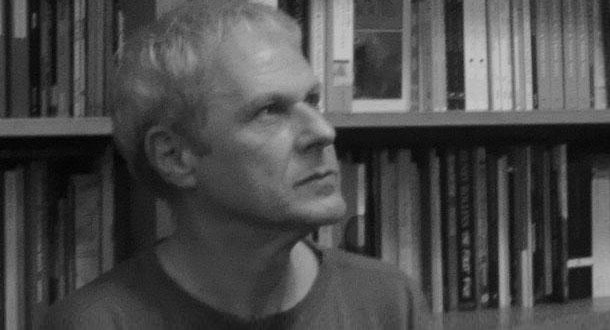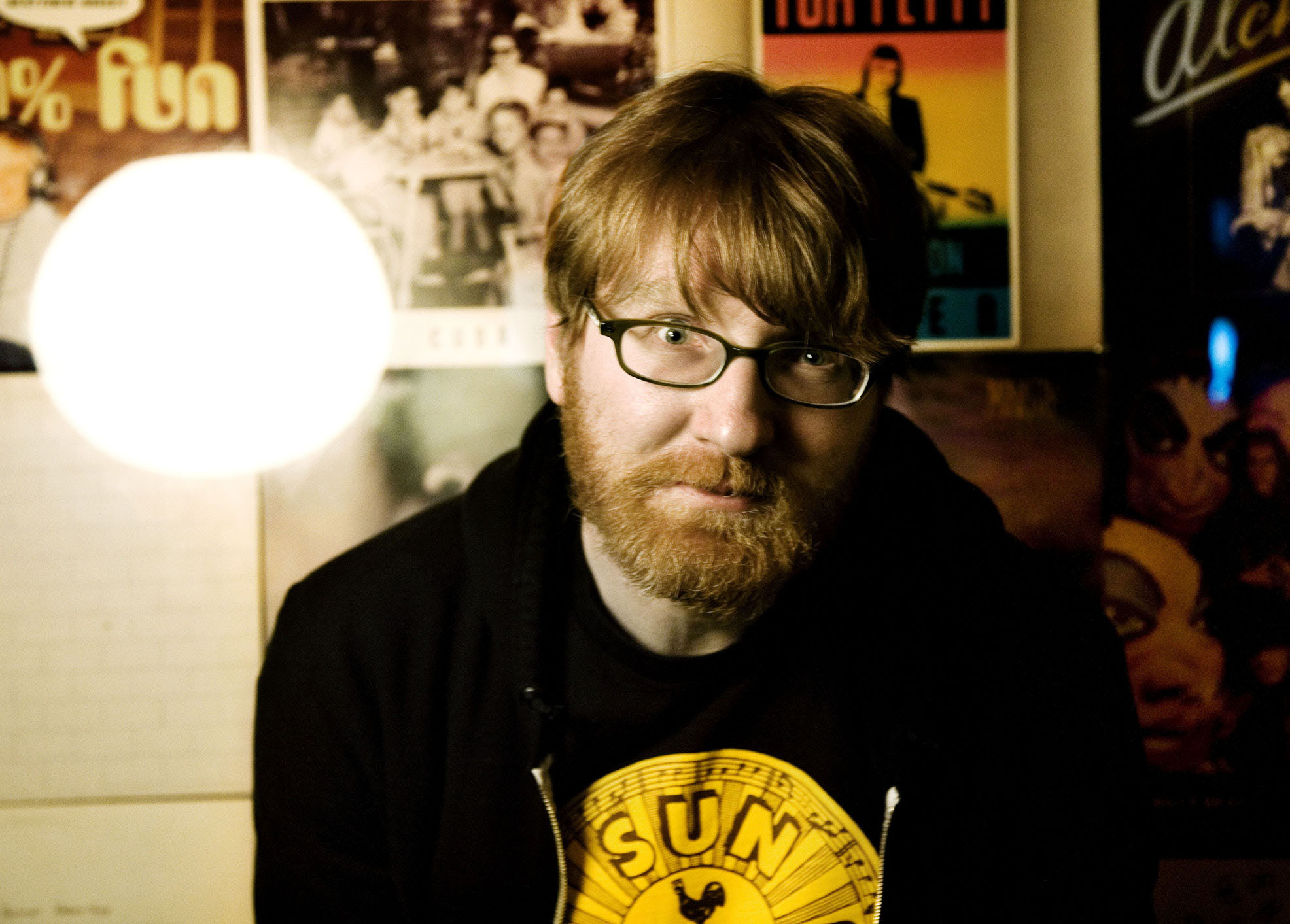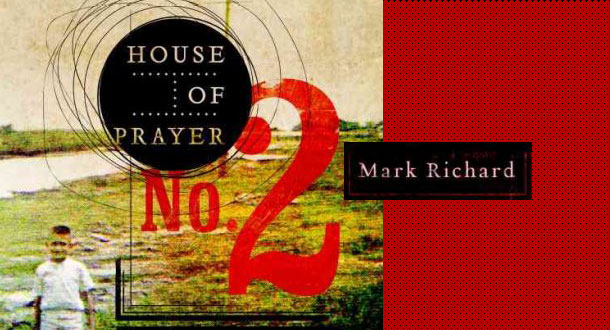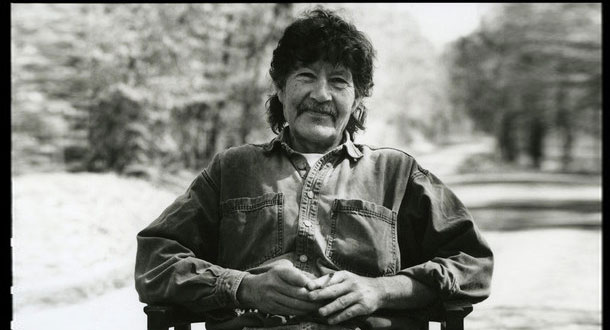Philip Fracassi is the Bram Stoker-nominated author of the story collection Behold the Void (named “Collection of the Year” by This Is Horror) and Beneath a Pale Sky (named “Collection of the Year” by Rue Morgue Magazine). His novels include A Child Alone with Strangers and Gothic. Philip’s work has been translated into multiple languages, and his stories have been published in numerous magazines and anthologies, including Best Horror of the Year, Nightmare Magazine, and Black Static. The New York Times calls his work “terrifically scary.”
Originally published as a deluxe limited edition by Earthling Publications, his latest novel, Boys in the Valley, is out today from Tor Nightfire.
Before Boys in the Valley, you’d published two early novels (Don’t Let Them Get You Down, The Egotist) but you’d been primarily known as a short story and novella writer. Boys came out in 2021 as part of Earthling Publication’s Halloween Series and immediately became highly sought after. The following year, your epic novel A Child Alone with Strangers was published, followed not long after by Gothic. I’ve always been interested in the evolution of a writer, in terms of the chronology of their work. So, in which order did you write your recent novels, and how would you say you’ve evolved between them?
The order was Child (2016-2017), then Gothic (2018-2019), then Boys (2020). My agent was shopping Child when Earthling reached out asking for a novel. I actually gave publisher Paul Miller his choice of the three and he picked Boys. I think we then sold Child and Gothic within a one-or-two-month span. It all happened very quickly!
It’s hard to quantify my evolution as a writer between the three books, because they were all such different projects told in a completely different way. But I’d say the biggest leap between Child and Boys was in my development of a “system”, or a modus operandi if you will as to how to write a novel (i.e. when to go from Idea to Outline to Draft to Rewrite, etc.). In many ways, Child was a lot of trial and error, but once I figured out the best way for me personally to construct a novel, the subsequent books came much easier.
Boys in the Valley races like a train on fire. It’s frightening, suspenseful, and deeply human. When you started writing the book, how much of it did you know going into it?
Well, the aspiration was to write a scary, heartfelt horror novel. A lot of the suspense came during the writing process, meaning that suspense is generated by the way you tell a story, as much as the story itself. The heart/humanity comes from writing believable, empathetic characters, and the scares come from the plot and the things you throw at those characters.
So, by developing strong characters, a plot full of horrific incidents, and structuring the story in a way that keeps readers flipping pages and chapters and letting the story slowly build to a climax, you aspire to hit all three of those goals. But ultimately it’s all about execution (and rewrites, of course).
Boys is set at the turn of the century in an isolated orphanage run by priests, and your novella Shiloh takes place during the Civil War. Do you do a lot of research when writing stories that take place in other times?
My next novel is also a Civil War-era story, so I apparently enjoy putting my brain through the grinder, because writing period novels is an act of self-flagellation. But to answer your question, the research with the Civil War stuff was way more intensive than it was with Boys. Primarily because Boys is so self-contained (95% of it takes places in an isolated orphanage), whereas Shiloh and my upcoming novel spread out into cities and get into a lot of different areas, such as weaponry, historic battles, dialect, structures, cooking, clothing, et cetera, et cetera. Whereas with Boys it was more little things, such as lighting, heat, how they washed themselves, how they spoke. Things of that nature.
I just sold a novel coming in 2025 that takes place in the near future, and while that had its own set of challenges (involves a lot of hard science), it was nice not to have to research underwear.
You’ve already published two short story collection (Behold the Void and Beneath a Pale Sky) and have a third on the way (No One is Safe, October 2023). How do you balance writing short stories, novels, and novellas? And do you typically know which of these a story will be when you start?
When I first broke into publishing in 2015 I was all about writing short stories. My thinking was always to publish as many short stories as I could and build a readership and a reputation with publishers and editors. It was my first agent who told me that I could continue focusing on short work and have writing be a nice hobby, or I could start focusing on writing novels and have it be a career. So I spent a year learning how to write a genre novel (A Child Alone with Strangers), and made that my focus moving forward.
Today I’m pretty focused on novels, and my goal is to write at least one new novel every year. But when not working on a novel, I spend all my time knocking out shorter work. Since 2018, I’ve written six novels and, oh, I’d say around twenty-five short stories (including a couple novellas). I’ve also written a few screenplays in that time, but those I write when I’m hired to do so, never on my own volition.
What does your writing/editing process look like? Do you have a set word count per day? Do you edit as you go, or only once you reach the end of the story?
For novels, I usually spend 3-4 weeks constructing an outline, sketching the characters, and generally noodling on the ideas I want for the book. Once I feel the outline is ready, I’ll begin the writing the first draft, which typically takes 4-8 weeks, depending on the length of the story. My first drafts are pretty clean, so I don’t need to do a ton of editing while I’m writing. But I always do another pass on the computer before printing anything out (this is my favorite step). Then I print out the manuscript and give that a read, editing while I go. Once those edits are punched in, I typically create a bound copy of the book and read it that way; again, editing as I go. Only after that last pass do I feel it’s ready to show a publisher. That whole editing process usually takes another 4-6 weeks, give or take. So, call it about four months from idea to final manuscript.
A lot of your horror stories deal with the cosmic, the spiritual, and an invisible world that crashes into ours and shapes the lives and events of certain characters. When you write horror, is there a certain area of interest, or an obsession you find making its way into your work?
I’m very interested in the afterlife, which is most evident in my story collection, Beneath a Pale Sky. I also like time travel, which is the plot device of a couple of my (as yet unpublished) novels. Outside of those areas, I think every story tackles a different idea or theme.
When you start writing what will eventually become a novel, what do you start with: character, concept, or something else?
Once I have a root idea/concept, the next thing I need to know about a novel is Tone. How serious is this story? How crazy can I get? How far out, how funny, how violent, how dark? Once I decide on tone, I’ll start constructing the characters and a very rudimentary series of story beats (literally a one-to-two-page document of THIS happens then THIS happens, etc.) Once the tone and the characters are setup, I’ll begin the outline process. And away we go.
Is there a story you’ve written that actually scared you while you were writing it?
 Oh, for sure. Off the top of my head: "Mother," "Altar," and "Coffin" were all stories that creeped me out when writing them. Parts of my novel A Child Alone with Strangers made me both scared and sad. Boys broke my heart a little bit as well. It’s not unusual for me to be get chills or have a cry while writing a scene. I get very invested in my characters, and I hope readers do as well.
Oh, for sure. Off the top of my head: "Mother," "Altar," and "Coffin" were all stories that creeped me out when writing them. Parts of my novel A Child Alone with Strangers made me both scared and sad. Boys broke my heart a little bit as well. It’s not unusual for me to be get chills or have a cry while writing a scene. I get very invested in my characters, and I hope readers do as well.
You’ve released two stories set in the fictional town of Sabbath—the short story “Soda Jerk” and the novella Commodore. Can we expect to see more stories from Sabbath?
My original intention was to write a series of Sabbath stories in one volume. Then I was thinking of writing a Sabbath novel. But things have gotten so busy with other projects and, quite frankly, so many authors are creating these little universes, that I sort of lost interest in both projects. That said, I’ve written a handful of Sabbath stories, which appear in different places, including my novella, Commodore. So, it might just be a place I return to now and then, but not necessarily its own project. But never say never.
When Boys in the Valley sold to Tor Nightfire, it was announced as a two-book deal. Can you tell us anything about the next novel you have coming out?
Yes! I have a novel called Sarafina that will be out Summer 2024 from Tor Nightfire in the U.S. and Orbit in the UK. All I can tell you at this point is that the novel is finished, it takes place in the South during the American Civil War and involves three brothers who go AWOL and are desperate to make their way home without being killed or captured. During their trek, they come across something in the deep woods that changes them forever. I better not say anymore until Nightfire officially announces, but that’s the gist.
I know that you read widely across genres. What are some recent novels you’d recommend?
Oh, gosh. I’ll name five just to keep it brief: The Magus by John Fowles; The Imago Sequence by Laird Barron (stories versus novel, but I’m cheating); The Sound and the Fury by William Faulkner; The Collected Stories of Flannery O’Connor (cheating again); and The Wind-Up Bird Chronicle by Haruki Murakami.
Your podcast The Dark Word was an incredible resource for readers and writers alike. Do you think there will ever be another season in the future?
Never say never, but on the whole? No. I think I’m done, for a couple reasons. One, it was just too time-consuming, and took away from my writing time. Two, after twenty-four episodes, I feel that I covered most of the topics I wanted to cover for new writers. That said, I hope folks will check out the existing episodes, all of which are now on demand.
You recently started your own publishing imprint (Altar Publishing) to release paperback editions of a couple novels that were released in limited edition form, along with other work. Do you have any other plans for Altar in the next year that you can share?
As of now, my plans for Altar Publishing include another paperback release of an early novel called The Egotist, a limited-edition chapbook called I Think My Treehouse is Haunted, and a limited book combining two early screenplays. Most of the above is initially offered to a Facebook group called Fracassi Freaks, and whatever’s left is put up for grabs. It’s a fun side project, and one day I’d like to edit/publish an original anthology, but we’ll play that one by ear. Right now I’ve got too many stories I want to tell, so time is at a premium!
Get Boys in the Valley at Bookshop or Amazon

About the author
Tyler Jones is the author of Criterium, The Dark Side of the Room, Almost Ruth, Burn the Plans (one of Esquire's “Best Horror Books of 2022”), Heavy Oceans, and Midas.
His work has appeared in numerous magazines and anthologies including Cemetery Dance, LitReactor, PseudoPod, Tales to Terrify, and The NoSleep Podcast.
He lives in Portland, Oregon.
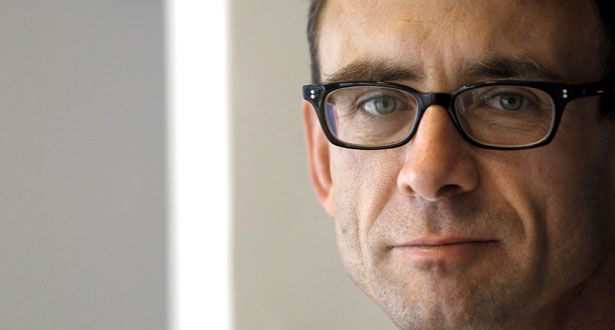
.jpg)
